Cutting silage at the correct stage when grass is leafy leads to the best quality silage. Every week you delay cutting crops that are ready from mid-May to early June results in a drop of 2.5 to 3 percentage units DMD per week. This was the advice of Padraig O’Kiely as he answered questions from farmers on Tuesday on the farm of Liam Quiltern, Lixnaw, Co Kerry, at the Kelliher Feeds demonstration.
Padraig said: “Aim to cut the silage when the sward is still dominated by leaves and young stem or before the seed heads emerge fully. If the weather allows, wilting grass helps improve the digestibility of the silage made.”
He explained: “Grass has to be drying out for wilting to be beneficial – there’s no point leaving cut grass in large rows. Preferably it should be tedded out to maximise contact with the sun and air. Otherwise leaving single rows as wide as possible in the field on a good dry day will help quality.”
Another important point that farmers usually have control over is the time of cutting. Morning dew in the grass can amount to 1t of water per acre harvested in the silage extra compared with silage cut in the afternoon.
Unsettled weather
With no real sign of a long period of settled conditions ahead, one farmer asked how to deal with the current weather situation. Padraig recounted that back in the exceptionally wet year of 2012, some farmers had silage ready to cut in late May and decided to wait until a dry period came. Some farmers had to wait another two months to get their silage cut – a salvage operation. Padraig said: “I would advise if the crop is at the correct stage for cutting and there is a dry settled gap in the weather, take it out once it is physically possible to do so without destroying the place.”
Nitrogen in the silage
Some farmers have a fear of too much nitrogen in their silage at the time of cutting and decide to wait until they feel enough time has passed for the grass to use up all the available nitrogen. Padraig said your local Teagasc office can test sugar levels in the silage. He advised farmers to bring good representative samples of their grass for harvesting in to test the sugar levels and if they are high enough this will offset the effects of high nitrogen levels.
Wide range in quality
Silage results show there is a wide range in the quality of silage Irish farmers make every year. “Some farmers are making silage that could be comparable to grazed grass while, worryingly, other silages made are not of good enough quality to maintain animal condition,” said Padraig.
Edmond Connolly and Padraig explained soil fertility plays a big role in silage quality because it largely determines growth rate. They advised that you must give back what you take off and that includes lime because high nitrogen applications will reduce soil pH.
Secondly, ryegrass-based swards lead to superior silage compared with old leys. Padraig quoted research carried out in Grange which has shown that there can be a difference of five percentage units of digestibility between ryegrass and old leys. Ryegrass contains twice as much sugar and is easier to preserve compared with old grasses.
The time of closing a field for silage has a bearing on the quality at cutting. Padraig said: “You should aim to graze the sward in spring as tight as possible (lower than a mower) in order to have fresh grass making up the majority of the silage sward. It’s important to close silage in early April. If it is left too late, the grass will head out before the yield is sufficient for cutting.”




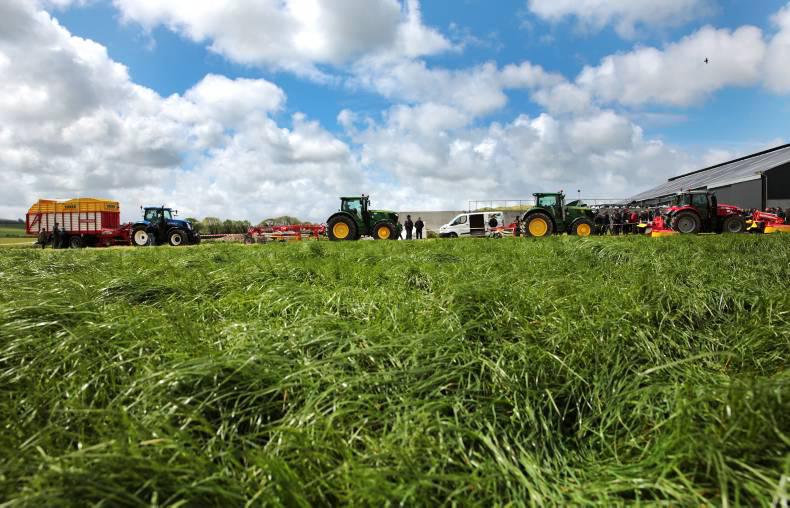
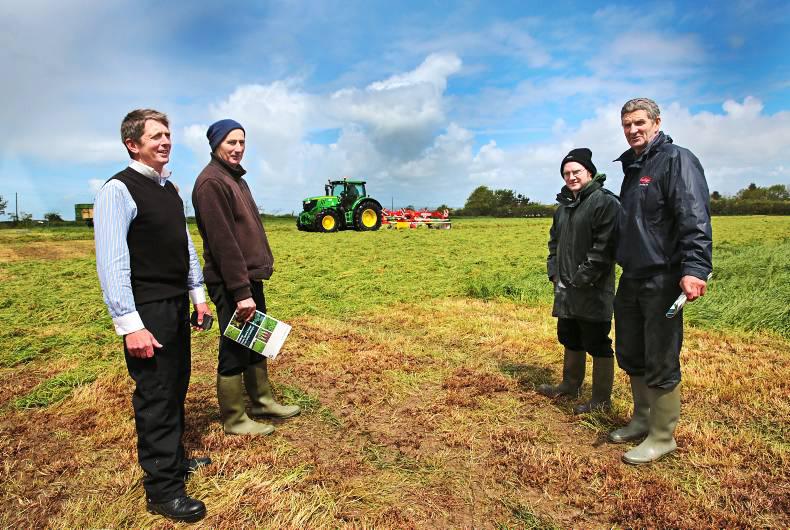

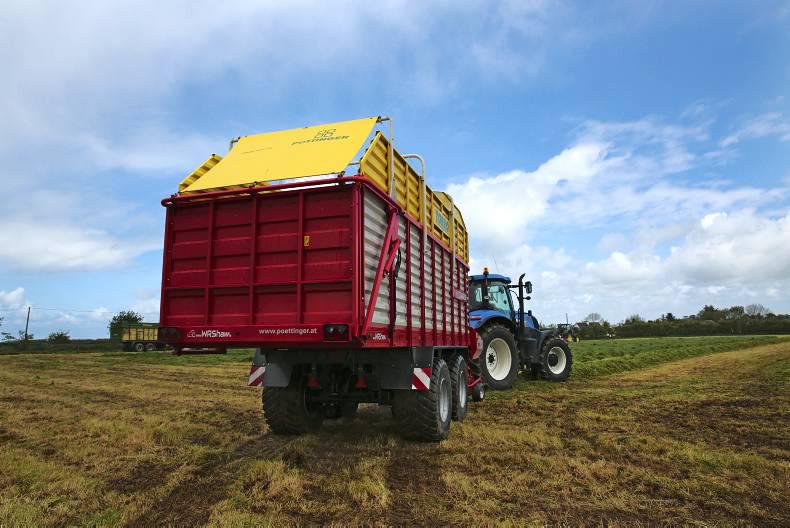
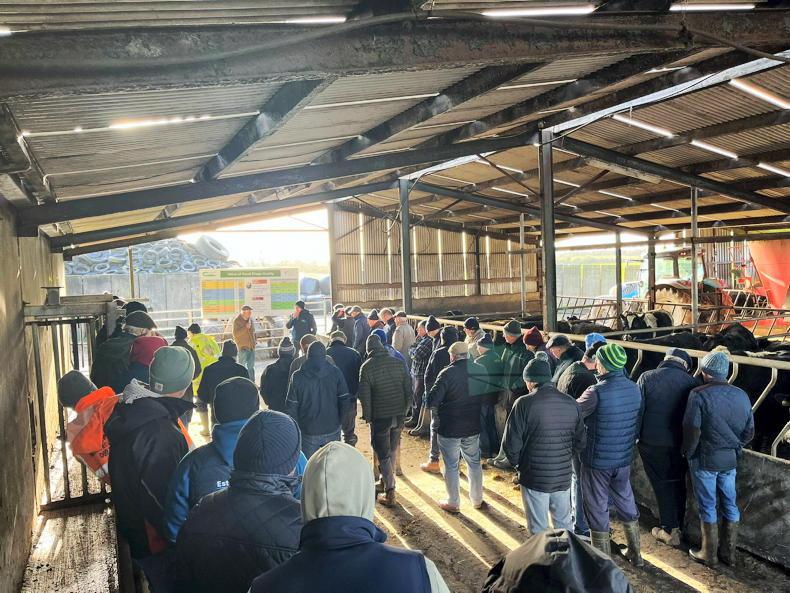

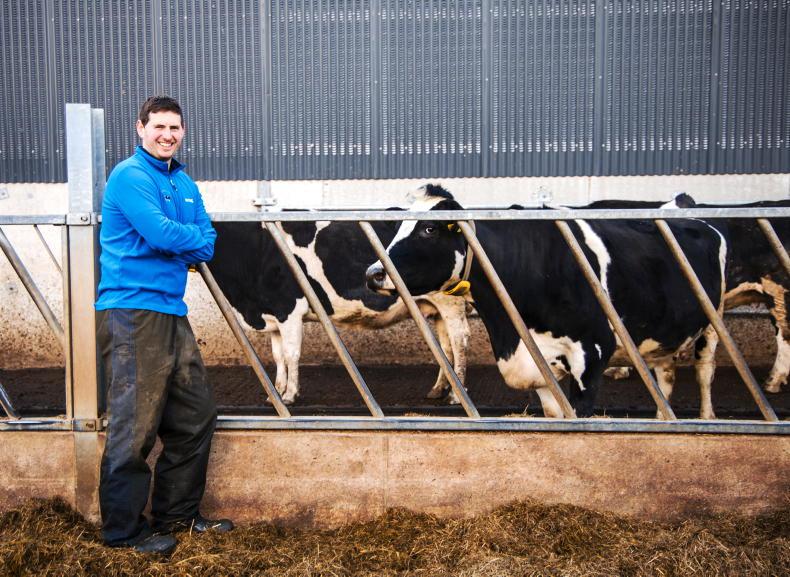


SHARING OPTIONS